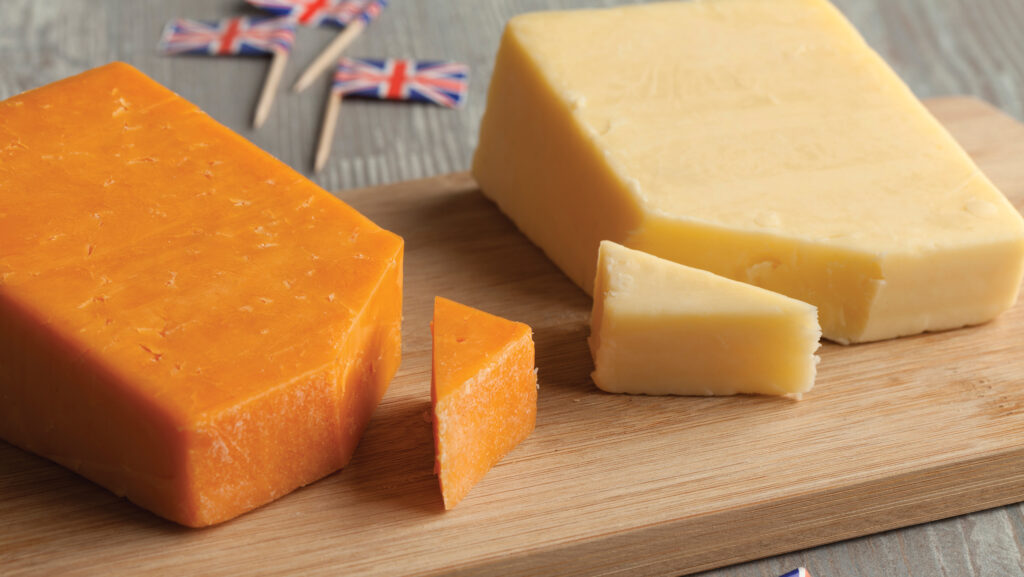UK dairy exports dazzle despite softening global markets
 © Istockphoto
© Istockphoto Dairy exports have continued to impress in 2025, rising in both volume and value during the first eight months of the year.
HMRC figures show the total value of UK dairy exports climbed almost 20% to £1.46bn in the period, with more than 914,000t of dairy products exported.
The EU remained the largest export destination, representing almost £1.1bn worth of total trade.
Cheese and curd exports to the bloc alone were worth £458m.
See also: Falling milk prices leave UK dairy sector under pressure
However, despite this strong export activity, weakening global dairy markets have put considerable pressure on the domestic trade.
EU butter prices fell by 16% month-on-month during September to €6,378/t (£5,534/t) and have continued to decline further.
Price cuts
Ample supplies of milk in the UK, combined with softening dairy markets, have led to significant cuts to farmgate milk prices in recent weeks.
This has resulted in considerable gaps between the highest and lowest farmgate milk prices being offered by processors, leaving many producers struggling with production costs.
However, retail prices for dairy products remain high.
Chris Jaccarini, food and farming analyst at the Energy and Climate Intelligence Unit, said: “Shoppers will have noticed that the price of the weekly shop has shot up in recent years.
“At 73p, a pint of milk now costs 23p more than it did at the start of the gas crisis.
“Both butter and beef prices have been driven up by poor grass growth after a historically hot, dry summer, forcing farmers to rely more heavily on bought-in feed.”
Outbreaks
He added that a bluetongue outbreak in European dairy herds had also kept demand for British dairy high.
Susie Stannard, lead dairy analyst at the AHDB, suggested that while the bluetongue virus had caused significant milk supply issues on the Continent, it had not yet affected milk production at a national level.
Ms Stannard said: “For 2025 so far, higher farmgate prices and cheap feed, driving the highest milk-to-feed-price ratio in 20 years, have meant record-breaking milk volumes were recorded.
“This is in spite of widespread dry conditions for most regions through August.
“Arguably, the need to supplementary feed to make up for lack of forage drove some of the volume gains.”
Collaboration
The AHDB recently hosted a Dairy Export Conference to highlight some of the export opportunities for UK dairy products.
Lucy Randolph, head of international trade development for dairy at the AHDB, said: “Collaborative working is key to helping ensure our dairy exports continue to thrive.
“And the conference also provided us with valuable feedback from the industry to help shape our priorities as we plan our activity for next year.”
Rod Addy, director general of the Provision Trade Federation, said: “UK dairy producers are rightly respected on the world stage for their reliability and consistency in delivering a wide variety of high-quality, tasty, nutritious and sustainable products to high animal welfare standards.
“While international markets remain volatile, lucrative opportunities exist for those armed with the right support and information.”
